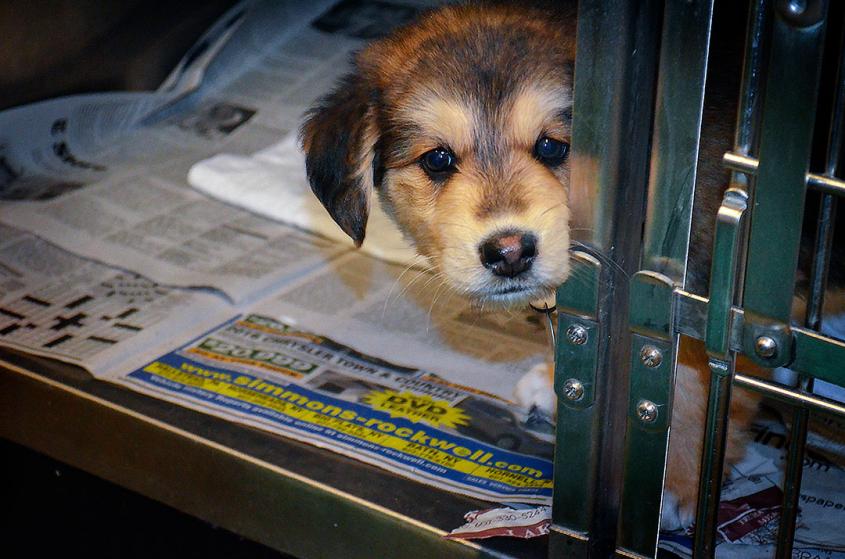Healing the homeless: How Maddie's Fund® helped establish shelter medicine at Cornell
Tommy has had it rough. The silver-coated, semi-feral cat suffered a leg fracture so serious that the shelter veterinarians working with him had no choice but to amputate his limb. Twenty years ago, Tommy would not have survived. Viewed as a nuisance and public health hazard, he would have died in the wild or been euthanized. Today, Tommy and millions of shelter animals like him receive care, comfort, and a chance at finding a forever home thanks to the groundbreaking efforts of Maddie’s Fund®, a $300 million family foundation established in 1994 by David A. Duffield ’62 (Engineering), MBA ’64, and his wife Cheryl in honor of their beloved Miniature Schnauzer, Maddie.
With support from Maddie’s Fund®, the College of Veterinary Medicine launched the Maddie’s® Shelter Medicine Program at Cornell in 2004 to advance the then- nascent discipline of shelter medicine and prepare a new generation of veterinarians and veterinary students to provide medical and behavioral outreach to animal shelters. Since then, Maddie’s Fund® has made two additional grants to sustain and grow the program, bringing its funding for the university to more than $3 million. The Maddie’s® Program at Cornell serves as a model for how universities can partner with local agencies to promote lifesaving care for animals and a no-kill nation for all homeless dogs and cats.
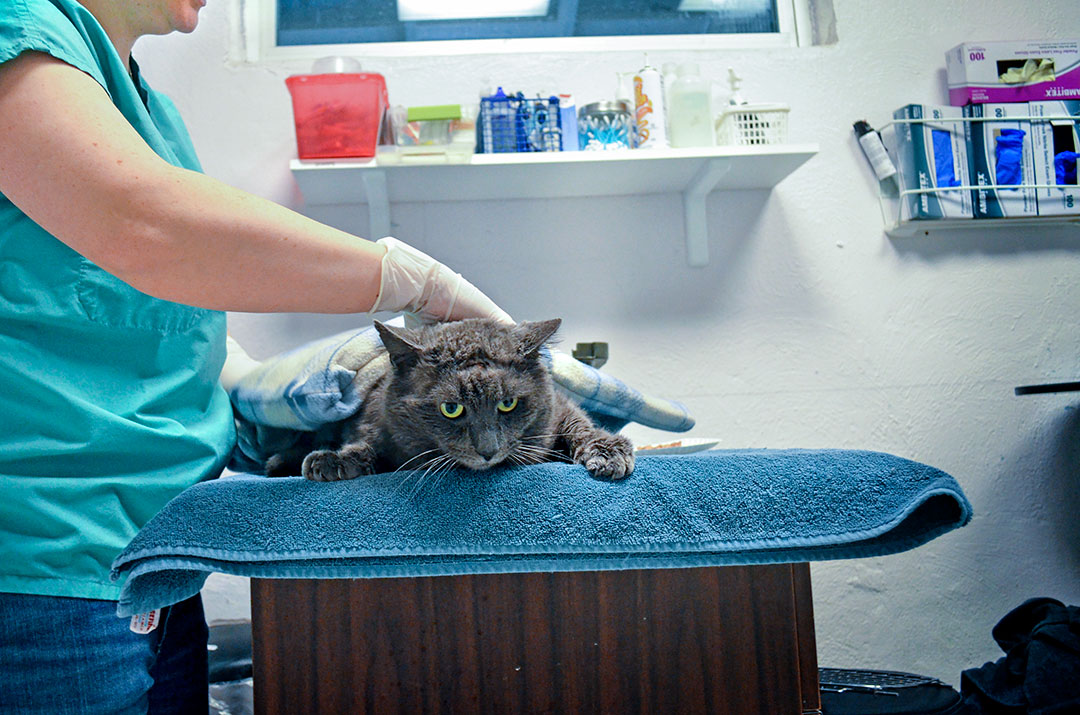
Building a program
Around the same time the Duffields founded Maddie’s Fund®, Janet Scarlett, professor of epidemiology (now professor emerita), attended a conference in the Bay Area focused on the high rates of euthanasia in stray cats and dogs. “People knew that many homeless cats and dogs were dying, but they didn’t know how many,” says Scarlett. “I told a colleague—how can I be in the middle of my professional career and know so little about this area of veterinary medicine?” She returned home determined to begin filling the knowledge gap—starting at Cornell.
Scarlett’s first step was to develop coursework on shelter medicine education. However, “as a professor of epidemiology, I hadn’t been in clinical practice for years,” she says. “I could teach population medicine, but I needed someone with applied, clinical knowledge to help begin training students.” She connected with Lila Miller ’74, DVM ’77, who worked for the ASPCA as a shelter clinician, and in 1999, the two developed the first courses on shelter medicine in the country. Their work led the way for Maddie’s® first grant to establish the Maddie’s® Shelter Medicine Program at Cornell. The comprehensive program has since expanded beyond just DVM courses, adding a clinical rotation for fourth-year veterinary students and an internship program for veterinarians looking for hands-on training in shelter medicine. In two decades, Scarlett’s goal of filling the knowledge gap has become a reality. “I am eternally grateful to Maddie’s Fund®,” she says. “Our program would not be what it is today without their foundational support and ongoing commitment.”
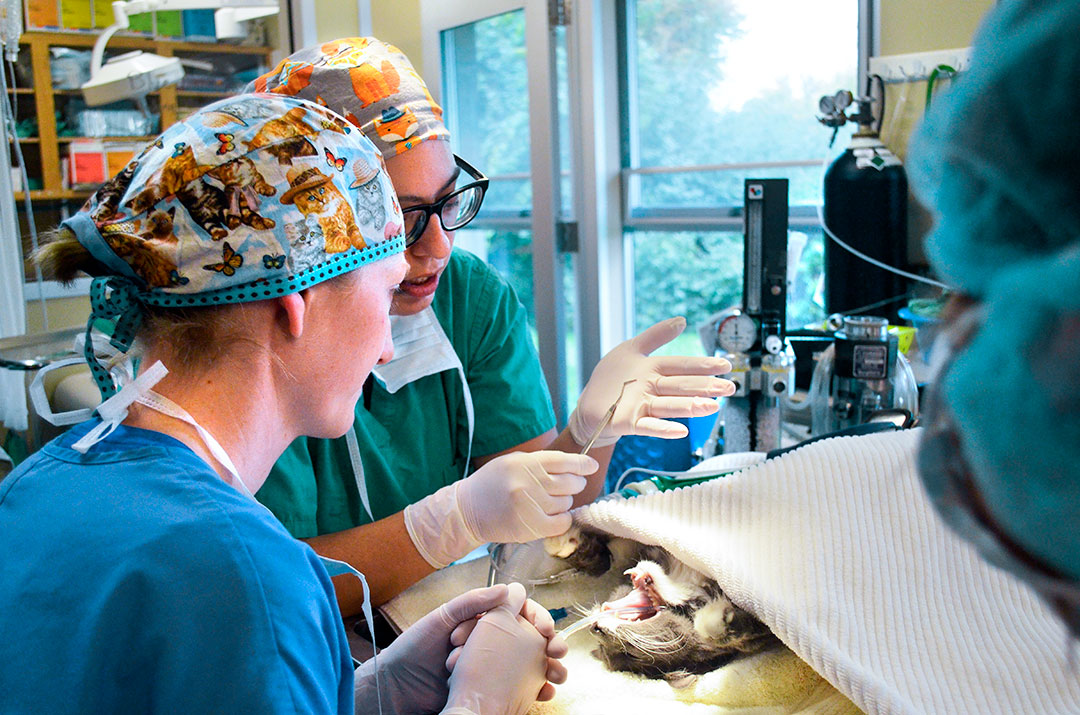
Dave Duffield’s daughter, Laurie Peek DVM ’96, works on Maddie’s® executive leadership team and devotes her time specifically to supporting veterinary schools that seek to advance professional training in shelter medicine. “As a veterinarian myself, I know how important it is to enable professional training in shelter medicine, and how vital it is to the Maddie’s Fund® mission,” says Peek. “It’s been hugely gratifying to see the level of impact Cornell’s program has had in educating the next generation of veterinarians.”
Indeed, Cornell’s Maddie’s® Shelter Medicine Program has made shelter medicine education at the College of Veterinary Medicine second to none. The third grant from the organization, in 2017, was made expressly to allow the college to hire an instructor who would teach this specialty. Erin Henry, a graduate of the University of Pennsylvania’s School of Veterinary Medicine and former shelter medicine intern at Cornell, filled the position last summer.
Henry affirms the value of training students in the art of caring for companion animals in shelters. “My training at Cornell as a shelter medicine intern was invaluable. It gave me all of the tools and more that someone entering the shelter veterinarian field could want. It helps students learn about shelter medicine’s many facets, which often require thinking outside the box, and offers a combination of ‘in the trenches’ shelter work with the intellectual support of a state-of-the-art academic facility. It takes new doctors just beginning their career and transforms them into veterinarians ready to take on the world of sheltering,” she says. “After my training with Maddie’s® Shelter Medicine Program, I was able to perform at a high level.”
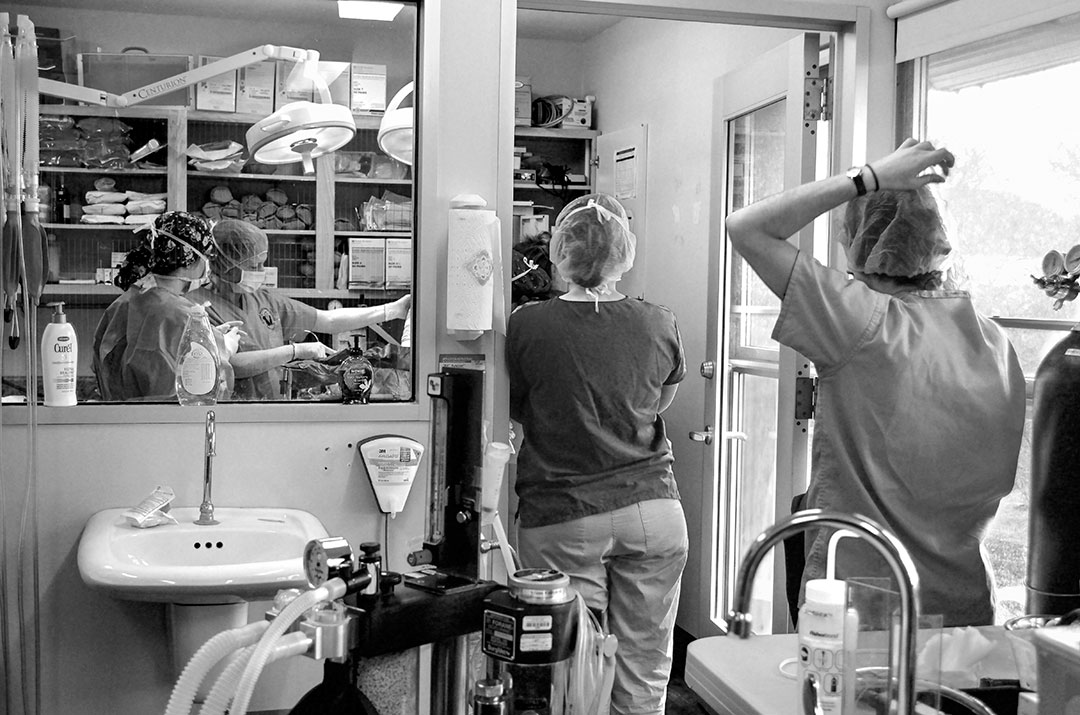
Multifaceted medicine
Henry now teaches these high-level skills at the SPCA of Tompkins County, just a few short miles from the College of Veterinary Medicine. On a sunny Tuesday morning in late February, she leads a group on daily rounds—an efficient review of each animal which takes into account their individual needs as a patient and the overall shelter population. The group comprises two fourth-year veterinary students, a shelter medicine intern, the veterinary technician for Cornell’s Maddie’s® Program, and the shelter’s medical and adoption coordinators. Walking through the shelter, they review each animal’s health status. Animals on the adoption floor are healthy, thus the group chats mostly about ways to ensure they move through the shelter as quickly as possible. “There will always be a few lingerers,” says Henry, referencing animals that remain unadopted for longer periods, “so we’re always thinking of ways to make them more adoptable and their stay as comfortable as possible.”
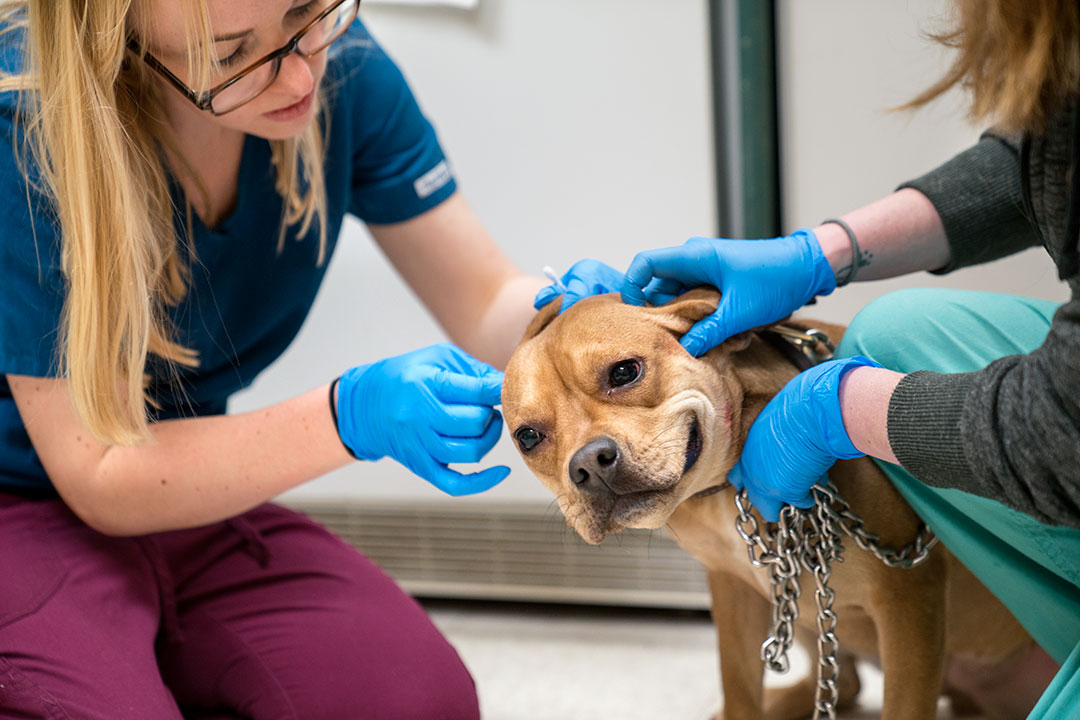
Here, Henry and her team are applying their knowledge of herd health—the cornerstone of shelter medicine that Scarlett recognized as a need years ago. “Shelter medicine is really population medicine,” Scarlett says. “Small animal veterinarians don’t typically have to think about herd health the same way large animal practitioners do. In shelter medicine, we expose our students to thinking about the animal as a member of a larger population and keeping the entire population healthy.”
Elizabeth Berliner DVM '03, the Janet L. Swanson Director of Shelter Medicine at the College of Veterinary Medicine, agrees. “In shelter medicine, you’re not just treating individual animal conditions—you’re also treating a population, and working to ensure the best welfare for each animal and the population as a whole.” Thus, shelter vets must evaluate communicable diseases like gastrointestinal or upper respiratory infections as potential risks to an entire group of animals.
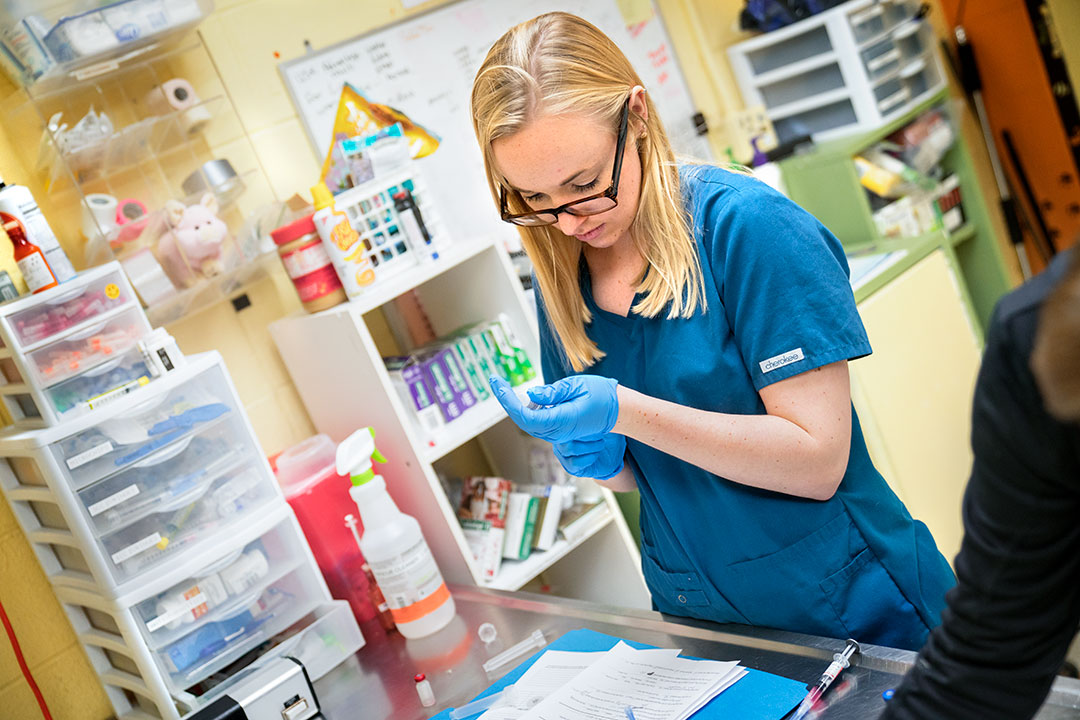
As Henry leads the group through the adoption center, they pass volunteers sitting and playing with cats in cozy rooms with big windows. Through the window beyond, another volunteer walks an enthusiastic pit bull mix across the lawn. It is clear that animal mental health is prioritized as well. “We need to know how to maintain animal welfare in captivity,” says Berliner. “Behavioral enrichment is a huge part of what we do.”
In addition to imparting population and behavioral health expertise, Cornell’s Maddie’s® Program helps students and trainees hone hands-on clinical skills. Shelter veterinarians must perform hundreds if not thousands of sterilization surgeries as a mainstay of shelter animal management. Its team spends two days a week at the SPCA of Tompkins County performing surgeries—procedures ranging from spays and neuters to dental extractions, limb amputations, and more.
A life-saving partnership
For Jim Bouderau, executive director of the SPCA of Tompkins County, collaboration with Maddie’s® Shelter Medicine Program is a huge win-win. “They’ve taught me how to view our shelter as an ‘animal pipeline’ and helped me understand how to keep the pipeline moving efficiently. Not only do we get the highest standard of care for our animals, but we also work with a wide range of residents, interns, and students interested in shelter medicine who bring their own interests and areas of specialization to the program and our facility,” he says. “Being able to provide a practical learning environment for these doctors and students is a highlight of what we do.”
That mutually beneficial partnership is evident as Henry and her team walk to the intake, exam, and isolation facilities. They check on several cats receiving and recovering from treatments—including Tommy, the semi-feral gray cat that underwent a leg amputation. Henry and Shelter Medicine Intern Meagan Wentworth examine Tommy, who is doing remarkably well. “Cats can adapt very well to life with three legs,” says Henry. “If we let go of him right now, he’d run out of here as if he was on four.” When fully recovered, Tommy will go back to the woman who brought him in for treatment. This is the happiest outcome an animal like Tommy could hope for. In the past, “he would absolutely have been euthanized due to his personality and injuries,” says Wentworth. “Even today, at many shelters, that would be the case. We’re very lucky to have funding that enables us to save animals like Tommy.”
Henry notes that this caliber of care has extended far beyond the local SPCA. “The impact on animals, direct and indirect, is immense. Our program provides primary care for around 2,000 animals per year through our work here, but it also extends well beyond that as interns and student graduates move on in their careers and work in shelters improving the lives of animals in need all over the country and abroad.”
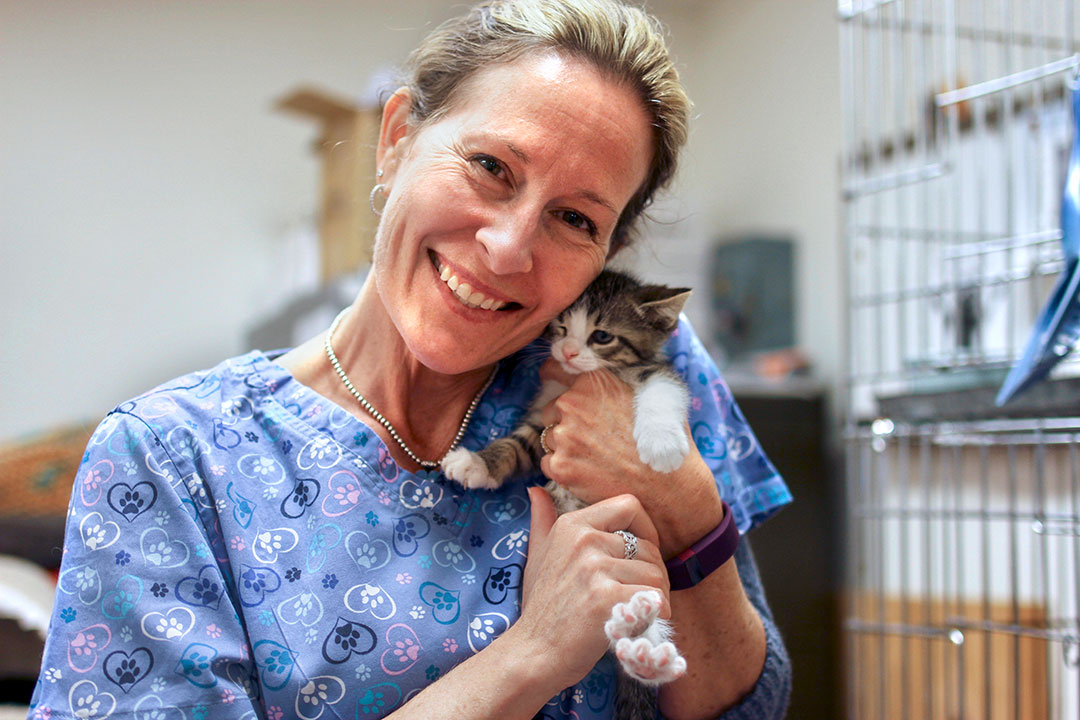
Helping shelters in New York and beyond
Since the SPCA of Tompkins County began collaborating with Scarlett and Cornell in the 1990s, its euthanasia rate has plummeted by more than 50 percent. By 2002, it was saving 100 percent of healthy dogs and cats, and became the second no-kill shelter in the nation. “Simply put, our success today would not have been possible without the Maddie’s® Program’s help,” says Bouderau. “Their expertise is invaluable in helping shelters raise the bar for the standard of care for our animals.”
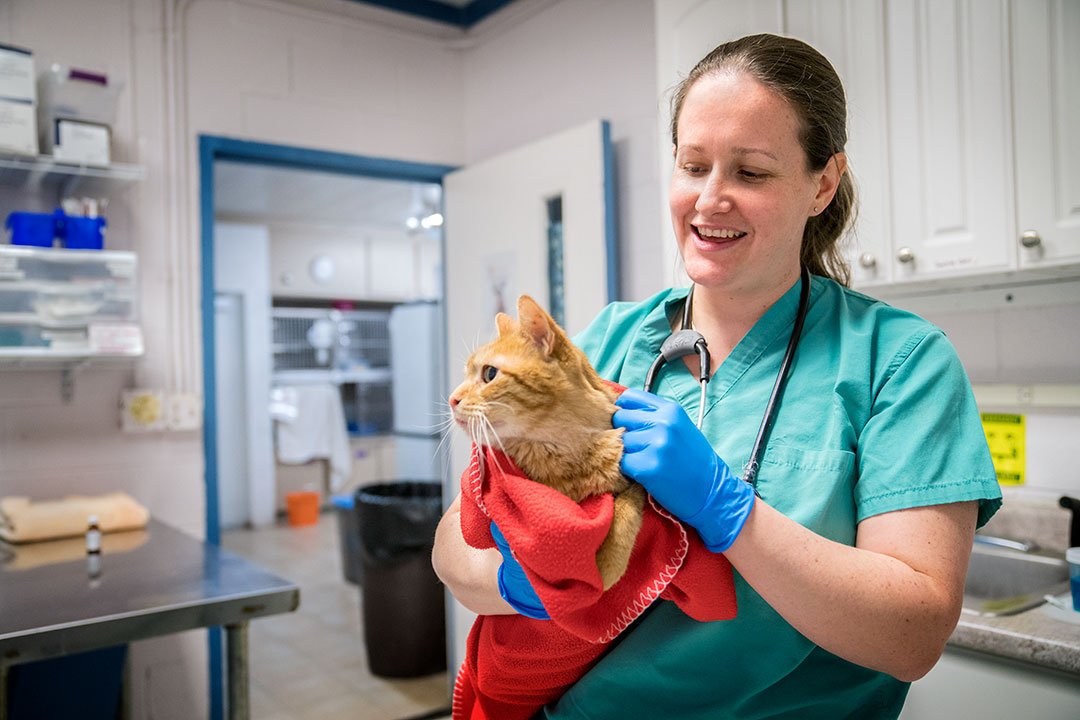
Berliner cites a number of specific tactics as key to keeping the rates where they are. High volume spay and neuter efforts have significantly decreased unwanted litters of kittens and puppies. Additionally, controlling infectious disease is essential. “Preventing animals from becoming ill is a big part of the work we do,” says Berliner, noting the multiple variables they monitor and assess, including handling, pathway planning, biosecurity, and behavioral welfare. Efficient adoption is also key. “Less time in the shelter means less disease,” says Berliner. “A big focus of shelter medicine practice is decreasing the length of time these animals stay in the shelter.”
With help from Maddie’s Fund®, Cornell’s Maddie’s® Shelter Medicine Program reaches out to other facilities and veterinarians through educational forums and events like the annual ASPCA Cornell Maddie’s® Shelter Medicine Conference, and an annual two-day disaster response workshop for CVM students and regional shelter staff. Additionally, Maddie’s® Shelter Medicine Program veterinarians conduct on-site consultations at regional organizations and phone consultations with shelter management and veterinarians across the country via their hotline. “We provide both targeted and broad-scale consultation services regarding any and all topics,” says Henry. “From outbreak response and management to facility design analysis, we help each organization provide the best possible care for their animals.”
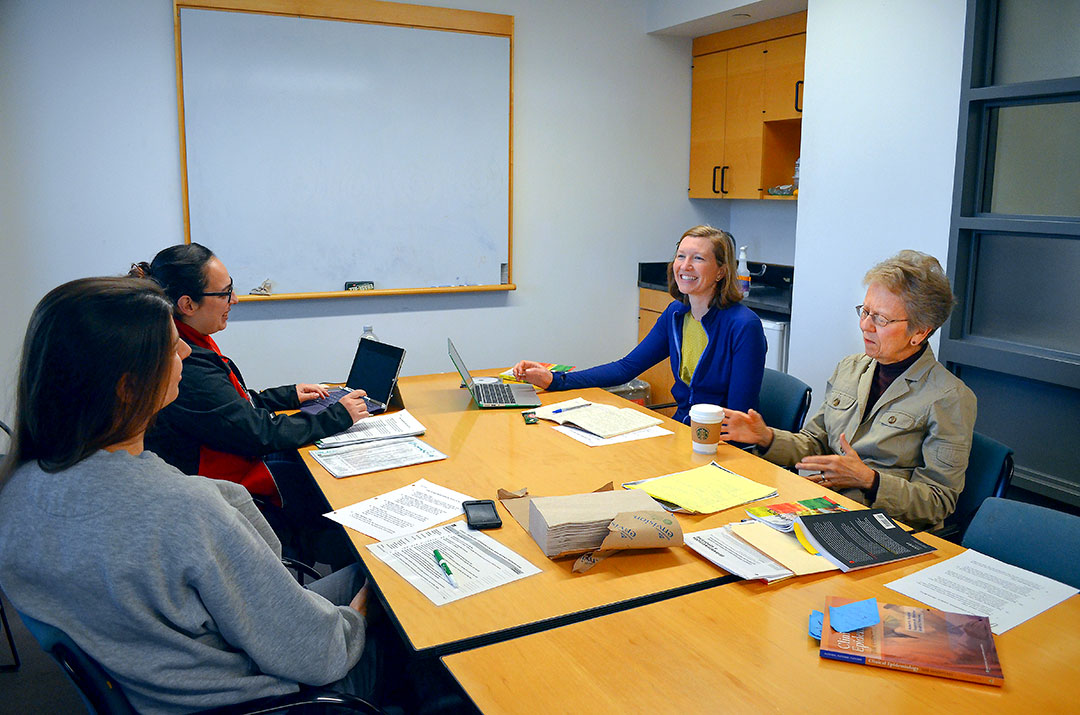
This outreach helps meet a growing need for shelter veterinarian expertise. “We struggle to keep up with the demand for knowledge and support,” says Berliner. “More and more shelters are recognizing the importance of having a vet on site, either part or full-time. It used to be rare that a vet practiced in a shelter. Now many facilities are realizing the benefits of having shelter vets on-site for involvement in daily operations and management.” In the last two years, Maddie’s® Shelter Medicine Program at Cornell has seen a rapid rise in the number of animal shelters and humane organizations requesting their support. “We have served roughly 80 animal shelters and humane organizations in New York state in the past year alone; when you look across the country and the globe, the number grows to more than 150 organizations,” says Berliner. “We are excited by this growth and proud of our ability to help shelters improve the care they provide. We expect the number of shelters in our circle to keep increasing with growing awareness of our program and ongoing support to sustain this critical work.”
Achieving dreams
As shelter medicine has become a greater priority, there has been an impressive decline in euthanasia rates across the nation. In 1999, 18 million animals were euthanized—today that number is down to 1.7 million—bringing the Duffields’ goal of a no-kill nation within reach. “Maddie’s Fund® is one of the main drivers of this change, and it’s been a hard road for sure,” says Berliner.
While Maddie’s Fund® and the Maddie’s® Shelter Medicine Program have been highly effective, there is always more to be done. “I would love to see the program help as many shelters as it can,” says Bouderau, noting that telemedicine and teleconferencing could be leveraged to enable Maddie’s® Shelter Medicine Program experts to consult with other shelters and do remote training.
Henry hopes to see the program continue to grow and inspire students and interns alike to pursue shelter medicine as a career path. “This program doesn’t only touch students who enter vet school with an interest in shelter medicine; it often inspires students towards a path they may not have considered previously,” she notes.
“It’s a win-win all around—for organizations, veterinarians, animals, and communities—to have highly- trained veterinarians entering shelter practice,” says Berliner. “We are honored and proud to be a part of what has been a revolution in companion animal care in this country over the last two decades, and incredibly grateful to Maddie’s Fund® for their vision and support.”
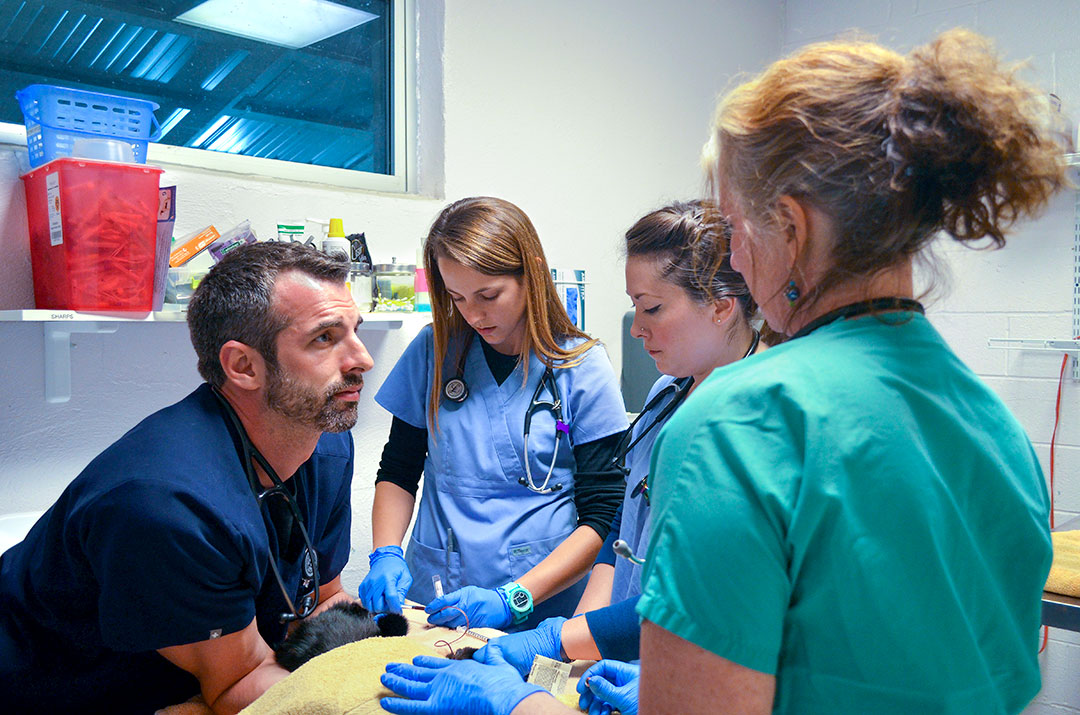
By Lauren Cahoon Roberts
This story was originally published in the Spring 2018 issue of 'Scopes Magazine.



